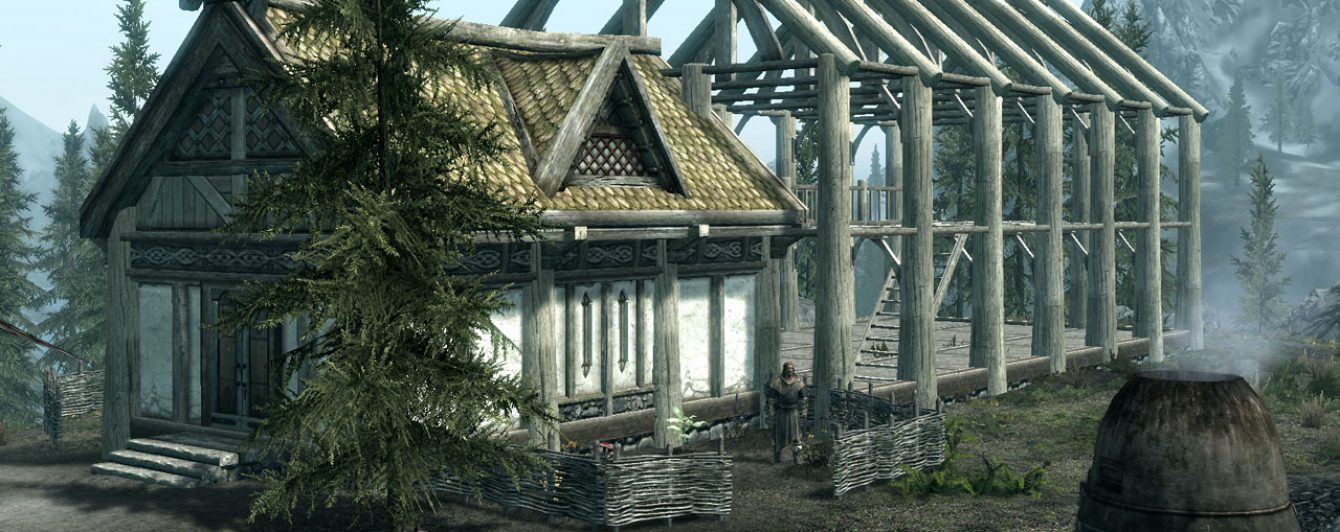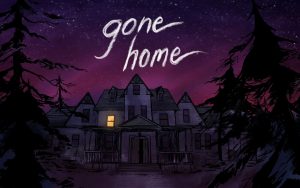Gone Home
As the thunder sounds and the rain pours, the developers of Gone Home have, very successfully, used pathetic fallacy to create a distraught environment. At first, it appears as though the game would be a horror game, with a few jump-scares here and there, indicated by, mostly, the weather and thunder, and also by the scattered references to the “insane” uncle Oscar as well as the Ouija board and some notes. But, as the story progresses it isn’t difficult to realize that there is nothing to fear at all. The story is about a not-so-perfect family and the troubles many families actually have to face every day.
We find ourselves as Katie Greenbriar in 1995 (shown by the various notes, letters, and tags scattered around) in a not-so-recently moved-into house. The story unfolds as we find clues and objects around the house. Each clue triggers a “Journal Entry” read aloud to us by our little sister Sam who is a 17-year-old high schooler. This read-aloud style is the reason it’s seemed so easy to connect with Sam. You can hear the emotion in her voice when she is talking about people she loves and her new experiences. She isn’t just a voice; she is a person with emotions very similar to ours.
What is also interesting about the game is that, even though we don’t get to interact with any of the other characters, we are made aware of their lives as well. The mother working for the state forestry service and being rather successful, possibly having an affair with a co-worker, the father being a mediocre author and obsessing over the assassination of JFK, and Lonnie being a rebellious teenager who did what she pleased, are all brought out by letters and notes left around the house.




